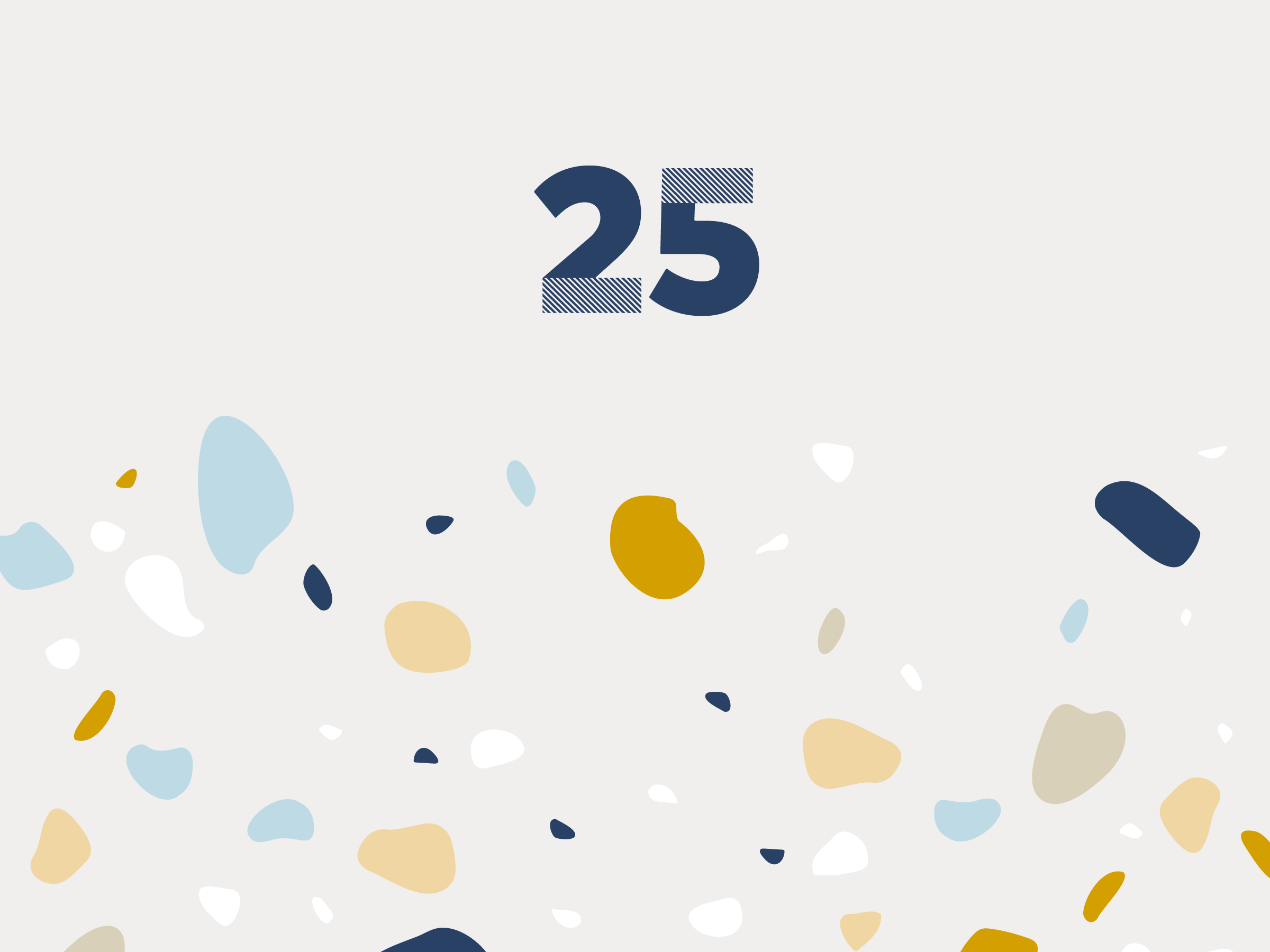On a very basic level, we all know that our present actions are the seeds of our future—but it can be easy to forget the exact steps you took to get to where you are, unless you deliberately stop to mentally retrace them.
Read MoreToday’s SCA Cupping Protocol and the SCA Cupping Form are among the most used tools of the coffee industry, applied daily by thousands of people around the world, serving actors across coffee’s vast and complex value-generating system.
Read MoreOriginating in the early 2000s as an acronym to capture non-financial areas connected to business performance, the term ESG—short for “environmental, social, and governance”—has become significantly more visible over time. While the term now appears in mainstream outlets more often than it did a decade ago, many people are still unclear on what it really means, how it differs from or aligns with sustainability, and its potential relevance for their own organizations. KELLEM EMANUELE offers an ESG primer tailored for the coffee industry.
Read MoreThe word “sustainability” is everywhere, but do we really know—or agree on—what it means? Professor SARAH GRANT explains why, despite its difficulty, understanding “sustainability” as a framework is a worthwhile endeavor, especially in understanding culturally relative perspectives and the power relations inherent in the promotion of sustainable coffee.
Read MoreDr. JORGE BERNY and Dr. MARIO FERNÁNDEZ-ALDUENDA share initial results of a collaborative study examining how cuppers cup and exploring the potential impacts of a proposed component of the reengineered cupping protocol.
Read MoreProfessors CARLOS CARPIO, PhD and LUIS SANDOVAL, PhD worked with BRENDA MAMANI, MSc to ask: what are the living wages in El Salvador and Honduras, and how would current total costs and profitability of coffee production be affected if farmworkers were paid living wages?
Read MoreAssistant Professor CHRISTOPHER H. HENDON shares the theory underpinning an ongoing Coffee Science Foundation research project, supported by Simonelli Group, toward deepening our understanding of espresso extraction.
Read MoreCorresponding author MATEUS MANFRIN ARTÊNCIO shares the findings of a recent paper, “A Cup of Black Coffee with GI, please! Evidence of Geographical Indication Influence on a Coffee Tasting Experiment,” published in Physiology & Behavior, confirming the significant influence an extrinsic attribute like a geographical indication has on consumers’ tasting.
Read MoreIssue 17 may feel like an odd milestone for a publication named 25, but it coincides with our rapidly approaching fifth anniversary, both as a publication and as a unified organization.
Read MoreOur industry is characterized by creative, free spirits, passionate about expressing themselves through coffee—which is why the word “standard” is not always well received. Dr. MARIO FERNANDEZ-ALDUENDA explains the checks and balances of the SCA’s new standards development system.
Read MoreCorresponding author Dr. SELENA AHMED outlines the findings of a systematic review of research conducted to better understand climate change’s impact on coffee quality, what prompted the review, and what we need to research next.
Read MoreOrigin stories do more than add color to your cup: these extrinsic attributes are an integral part of determining the price we pay (and that farmers earn) for coffee. NAMISHA PARTHASARATHY explores the history, challenges, and opportunities of specialty coffee in India.
Read MoreLead author SARA YEAGER shares the findings of a recently published paper, “Roast Level and Brew Temperature Significantly Affect the Color of Brewed Coffee,” published in the Journal of Food Science, exploring how coffee beverage color varies with origin, roast level, and brew temperature.
Read MoreLead Author JIEXIN LIANG shares findings of a recent paper, “An Equilibrium Desorption Model for Strength and Extraction Yield of Full Immersion Brewed Coffee,” published in Scientific Reports, that outlines a predictive model for the equilibrium strength and extraction of “full immersion brewed coffee” (cupping) between 80°C and 99°C (176°F and 210°F) and suggests we’re more easily able to control our total dissolved solids (TDS) via brew ratio instead of our extraction yield (E).
Read MoreEfforts to make coffee’s supply chain more sustainable have resulted in more awareness of the labor it takes to produce coffee, but some parts of the chain remain overlooked. ERIKA KOSS sheds light on the vital human labor that makes it possible for farmers to be paid and for baristas to serve coffee.
Read MoreWe’ve written quite a bit, recently, about the value of coffee.
Read MoreCECILIA HAE-JIN LEE traces the history of coffee in Korea.
Read MoreDEOGRACIAS KALIMA explores the complex history and state of coffee growing in Malawi.
Read MoreProfessor CARLOS CARPIO, PhD and KATIE VON DER LIETH share a preview of a forthcoming multidisciplinary Coffee Science Foundation research project on specialty coffee labor dynamics in El Salvador and Honduras.
Read MoreLead Author NIZAM ABDU shares the findings of a recent meta-analysis of coffee ecolabeling published in Heliyon, an all-science, open access journal.
Read More



















